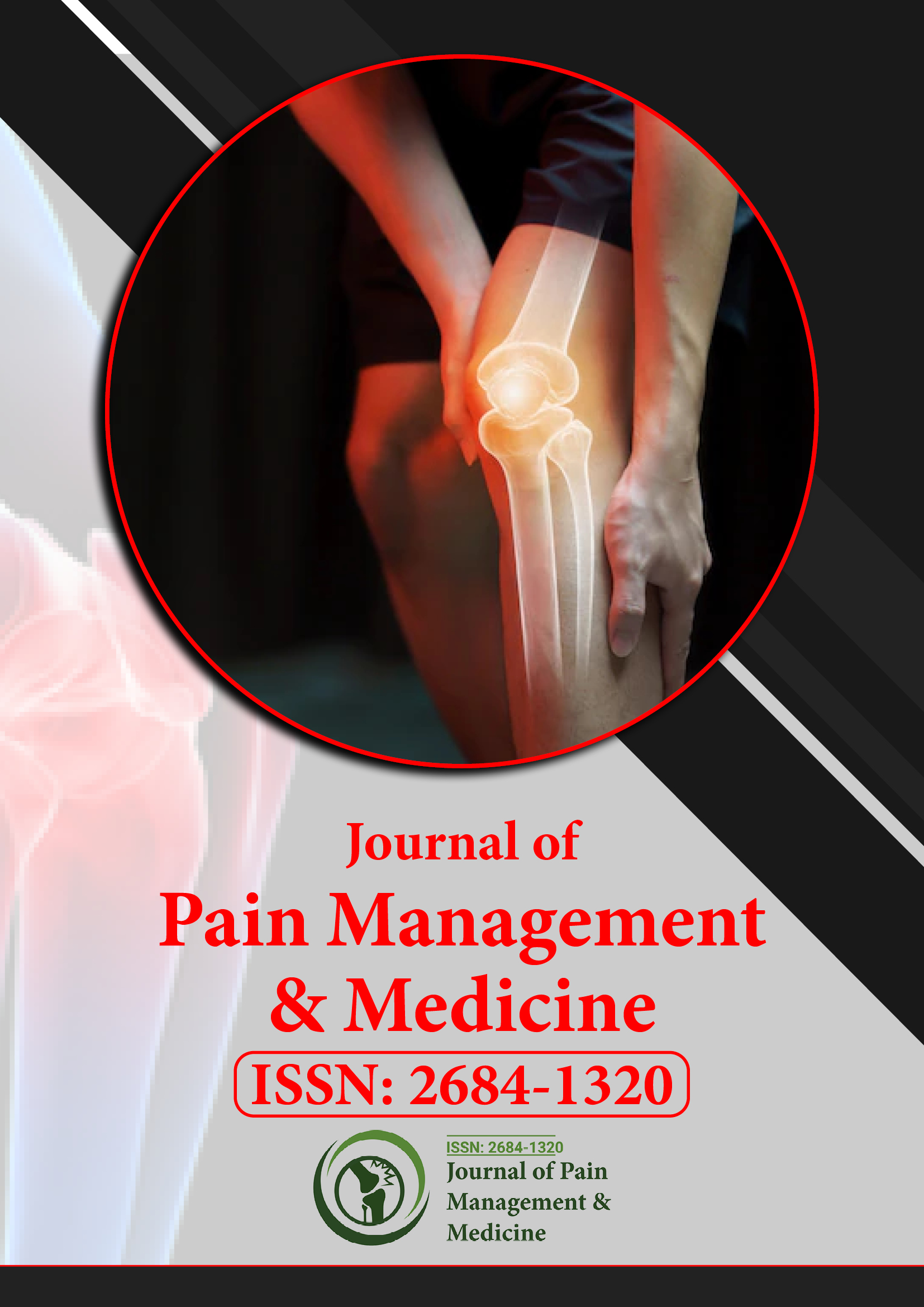Indexed In
- RefSeek
- Hamdard University
- EBSCO A-Z
- Publons
- Euro Pub
- Google Scholar
- Quality Open Access Market
Useful Links
Share This Page
Journal Flyer

Open Access Journals
- Agri and Aquaculture
- Biochemistry
- Bioinformatics & Systems Biology
- Business & Management
- Chemistry
- Clinical Sciences
- Engineering
- Food & Nutrition
- General Science
- Genetics & Molecular Biology
- Immunology & Microbiology
- Medical Sciences
- Neuroscience & Psychology
- Nursing & Health Care
- Pharmaceutical Sciences
Opinion Article - (2025) Volume 11, Issue 3
Future Directions of Microdialysis Study in Pain Management
Dave Bergeron*Received: 30-Apr-2025, Manuscript No. JPMME-25-29873; Editor assigned: 02-May-2025, Pre QC No. JPMME-25-29873 (PQ); Reviewed: 16-May-2025, QC No. JPMME-25-29873; Revised: 23-May-2025, Manuscript No. JPMME-25-29873 (R); Published: 30-May-2025, DOI: 10.35248/2684-1320.25.11.335
Description
Microdialysis is a minimally invasive sampling technique that allows continuous measurement of extracellular fluid chemistry in living tissue. By inserting a small semipermeable probe into a target area, researchers and clinicians can monitor the dynamic changes in neurotransmitters, metabolites, and inflammatory mediators. Over the past decades, microdialysis studies have provided invaluable insights into the pathophysiology of pain and the mechanisms underlying analgesic treatments.
In pain research, microdialysis has been extensively used to study both peripheral and central mechanisms. In animal models, microdialysis probes placed in the spinal cord or brain regions such as the thalamus or periaqueductal gray have revealed how neurotransmitter release changes in response to noxious stimuli. For example, increased glutamate and substance P levels have been linked to central sensitization, a key process in chronic pain. Similarly, microdialysis in peripheral tissues, including muscles and joints, has demonstrated how inflammation alters the local biochemical environment, contributing to hyperalgesia and allodynia.
One of the major advantages of microdialysis is its ability to evaluate the pharmacokinetics and pharmacodynamics of analgesic drugs at the target site. Traditional blood or plasma measurements do not always reflect drug concentrations in the tissue where pain is generated. Microdialysis allows direct measurement of drug levels in the extracellular space, helping researchers understand how medications such as opioids, local anesthetics, or nonsteroidal anti-inflammatory drugs act locally. This information can guide dosage optimization and the development of new pain therapies.
Clinical applications of microdialysis extend to postoperative care, muscle pain, and inflammatory conditions. For instance, studies have used microdialysis to monitor lactate and glucose levels in surgical wounds, providing insights into tissue metabolism and healing. In chronic myalgia and fibromyalgia patients, elevated concentrations of inflammatory mediators detected through microdialysis have correlated with pain intensity, supporting the role of peripheral biochemical changes in chronic pain syndromes. Additionally, microdialysis in skin and subcutaneous tissue has been applied to study neuropathic pain, offering clues about altered peripheral signaling.
Recent advances are addressing some of these challenges. Innovations in probe design, including high-cutoff membranes, have expanded the range of detectable molecules. Coupling microdialysis with advanced analytical techniques such as liquid chromatography–mass spectrometry allows highly sensitive detection of neurochemicals at picomolar levels. Integration with imaging modalities and electrophysiological recording also enhances the ability to correlate biochemical changes with functional outcomes.
Looking ahead, microdialysis is poised to play a central role in translational pain research. By bridging the gap between basic science and clinical practice, it allows for the study of pathophysiological processes directly in patients. Personalized pain medicine could benefit from microdialysis-based biomarkers, enabling individualized therapy selection and monitoring of treatment responses. Furthermore, the technique’s ability to capture real-time biochemical fluctuations makes it ideal for evaluating novel analgesic interventions in both experimental and clinical settings.
In conclusion, microdialysis studies have significantly advanced our understanding of pain mechanisms and therapeutic responses. From mapping neurotransmitter dynamics in the central nervous system to assessing inflammatory mediators in muscle and joint disorders, microdialysis offers a powerful tool for research and clinical practice. Continued technological innovations will further expand its applications, ultimately contributing to improved diagnosis, treatment, and prevention of pain disorders.
Citation: Bergeron D (2025). Future Directions of Microdialysis Study in Pain Management. J Pain Manage Med. 11:335
Copyright: © 2025 Bergeron D. This is an open-access article distributed under the terms of the Creative Commons Attribution License, which permits unrestricted use, distribution, and reproduction in any medium, provided the original author and source are credited.

